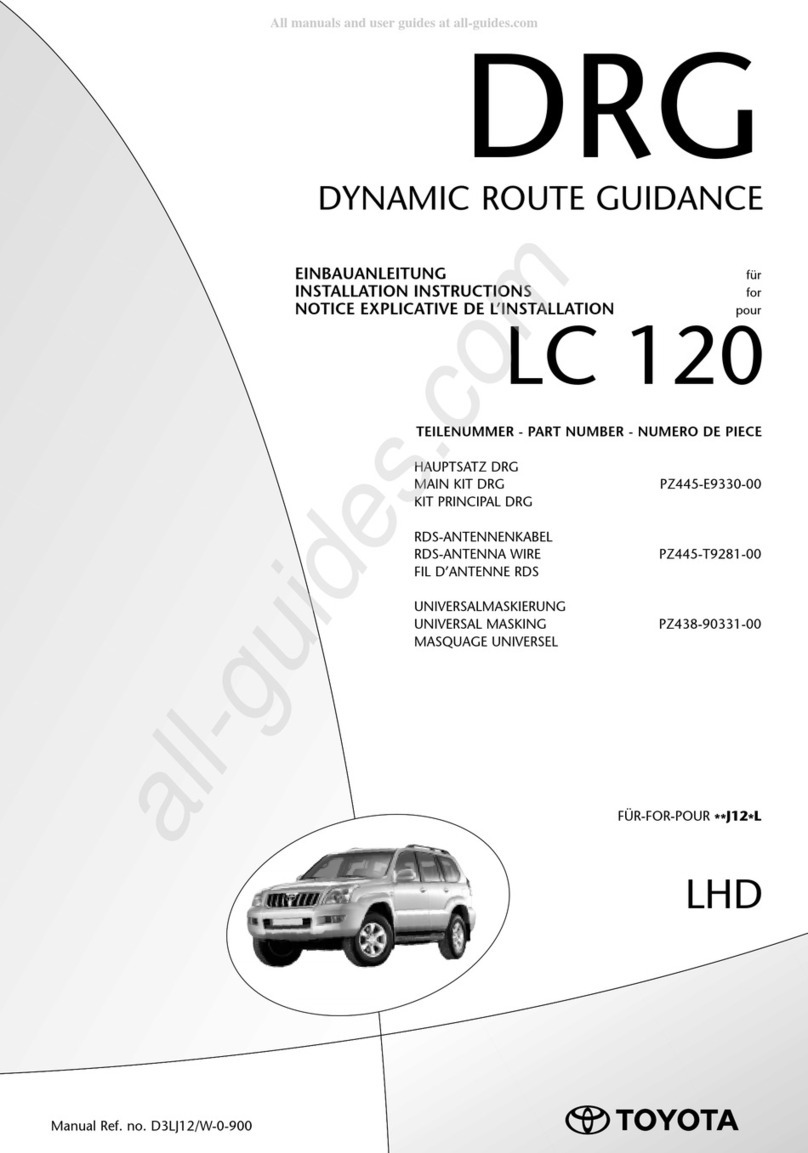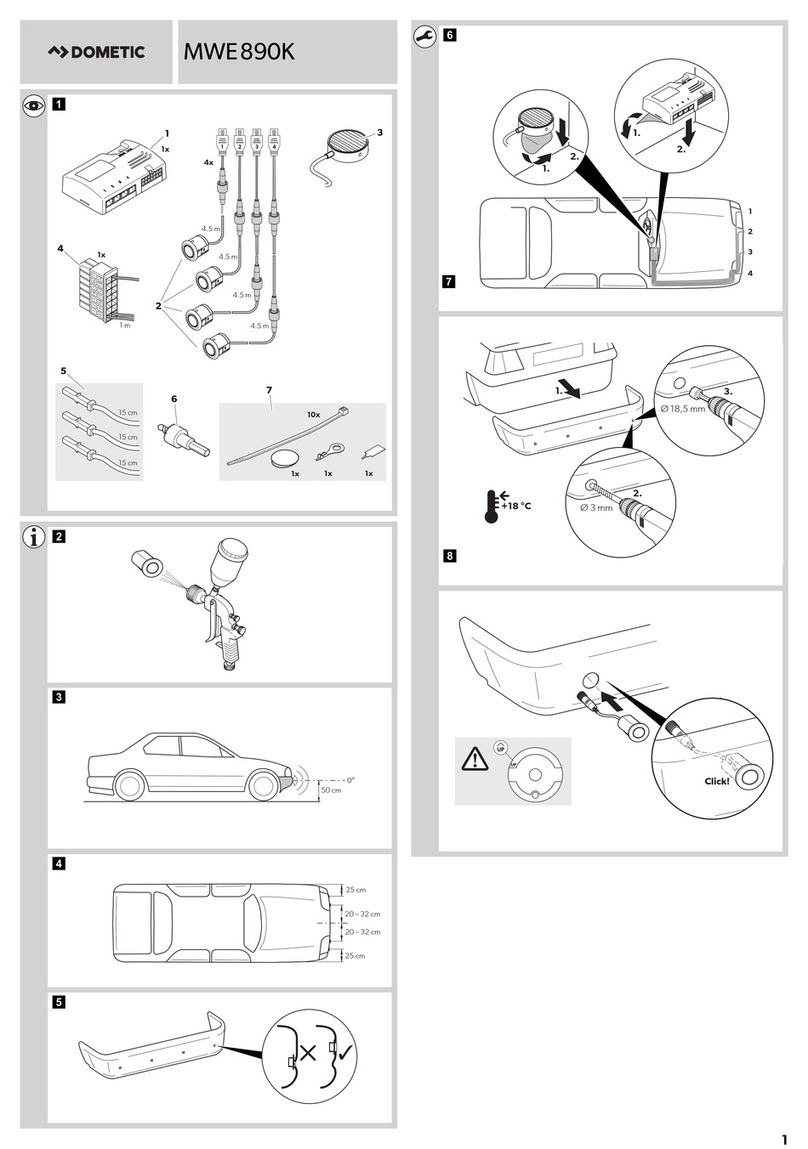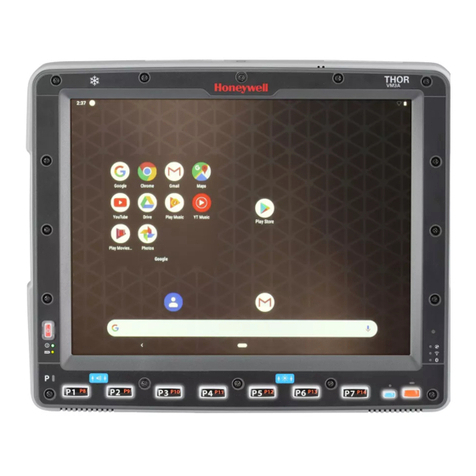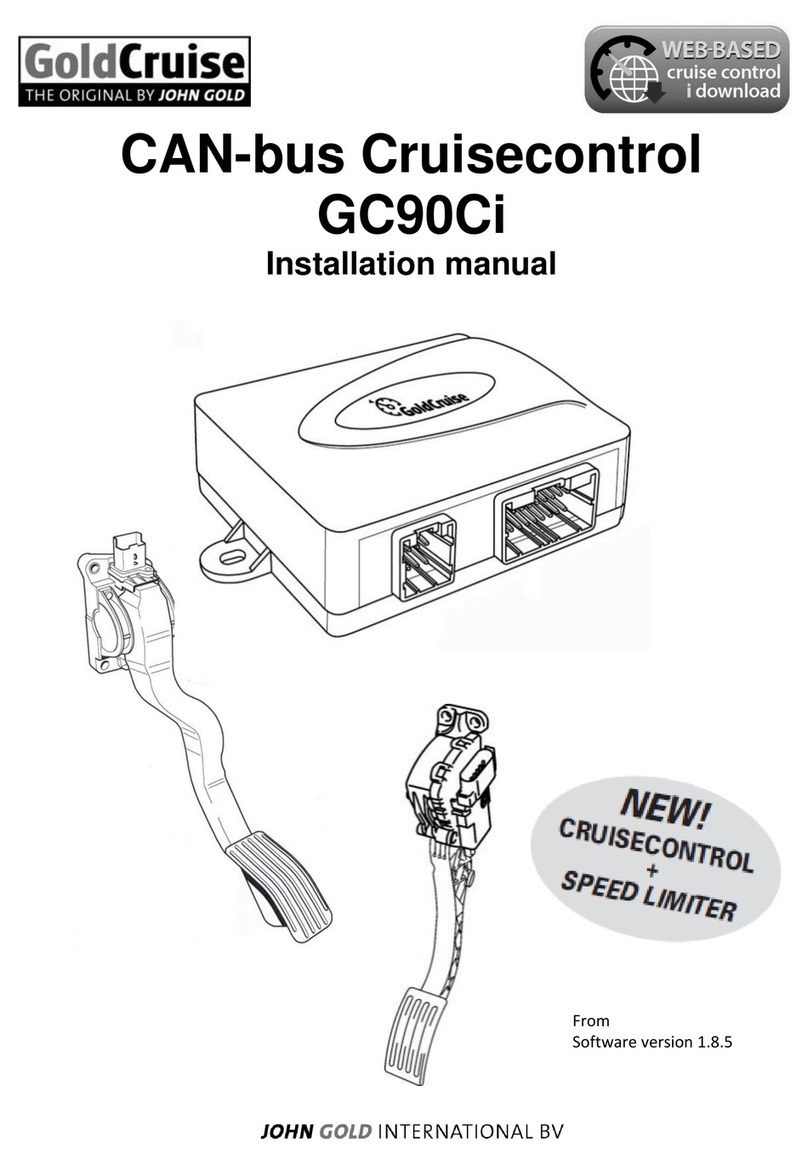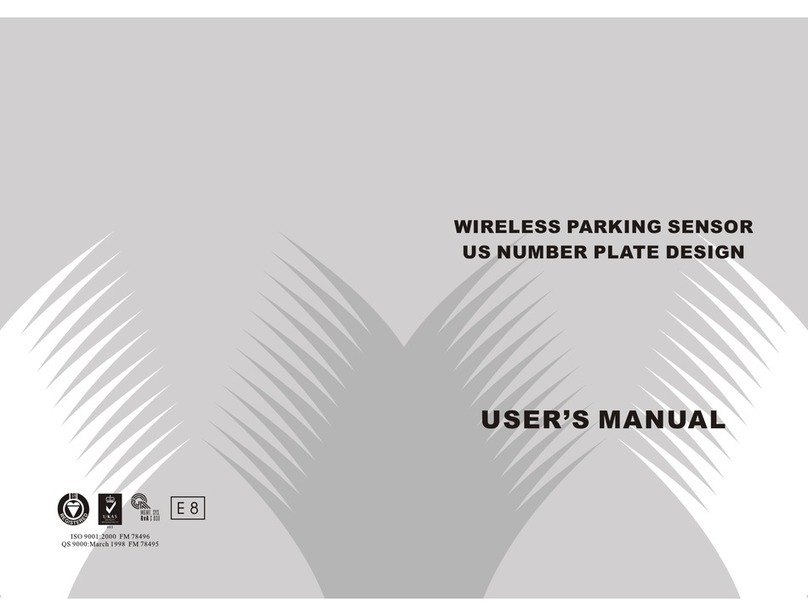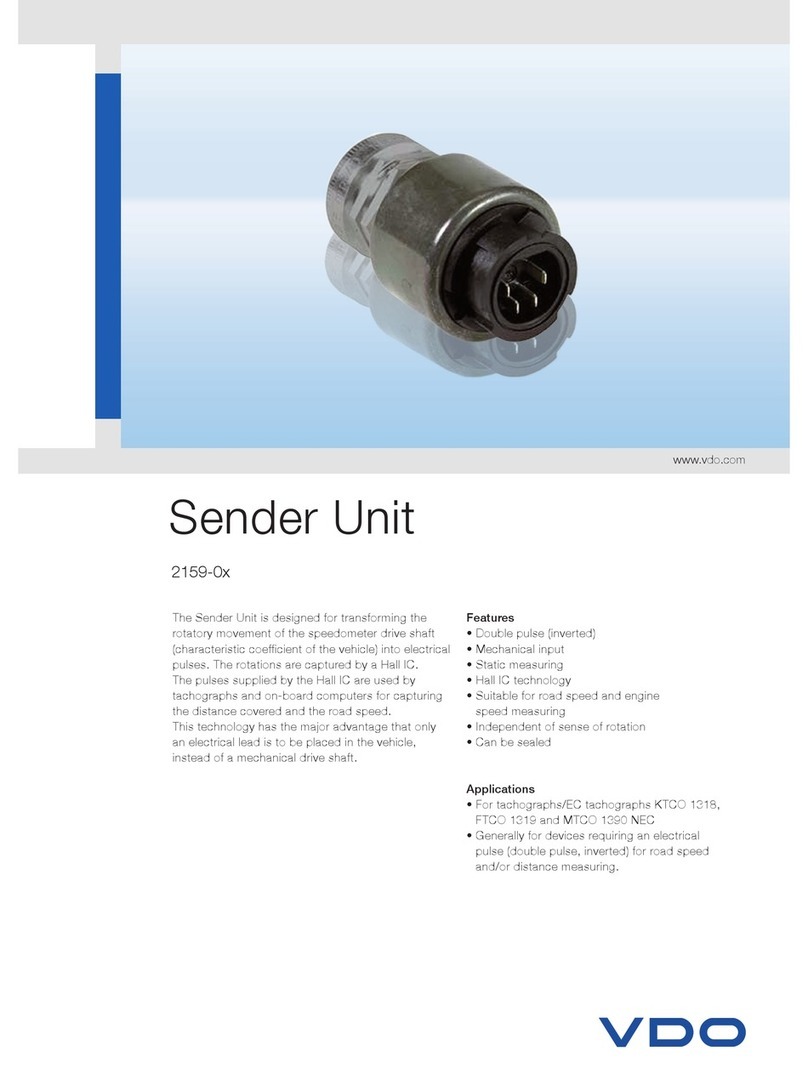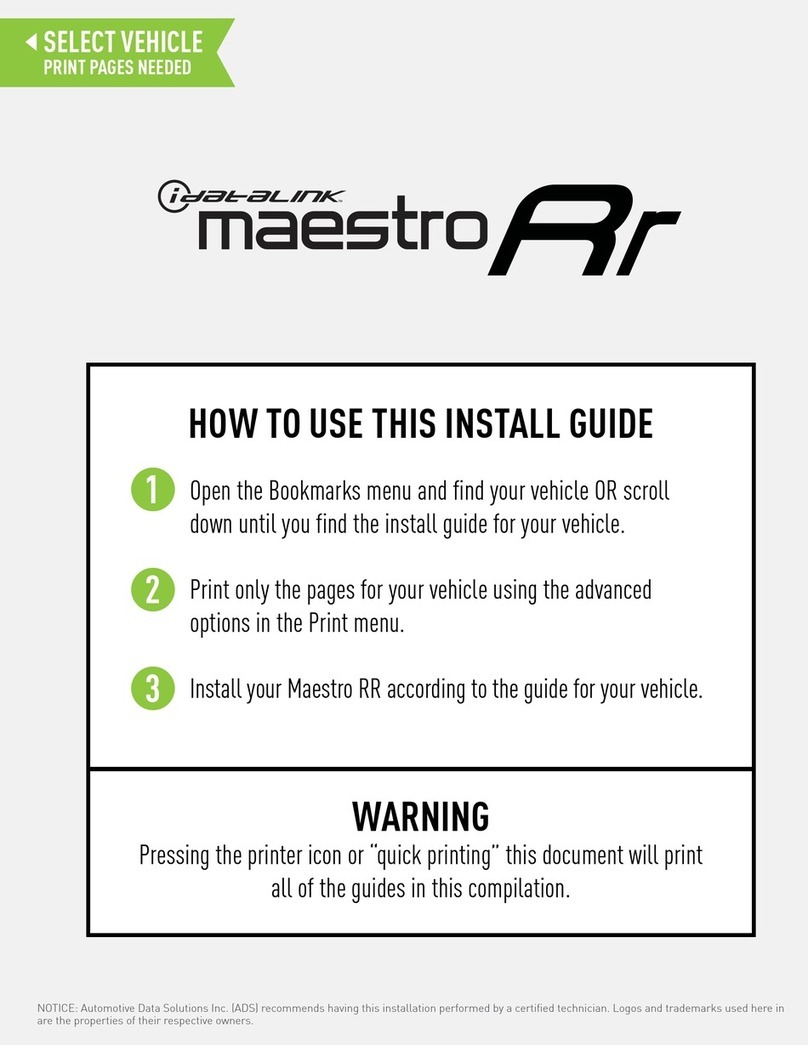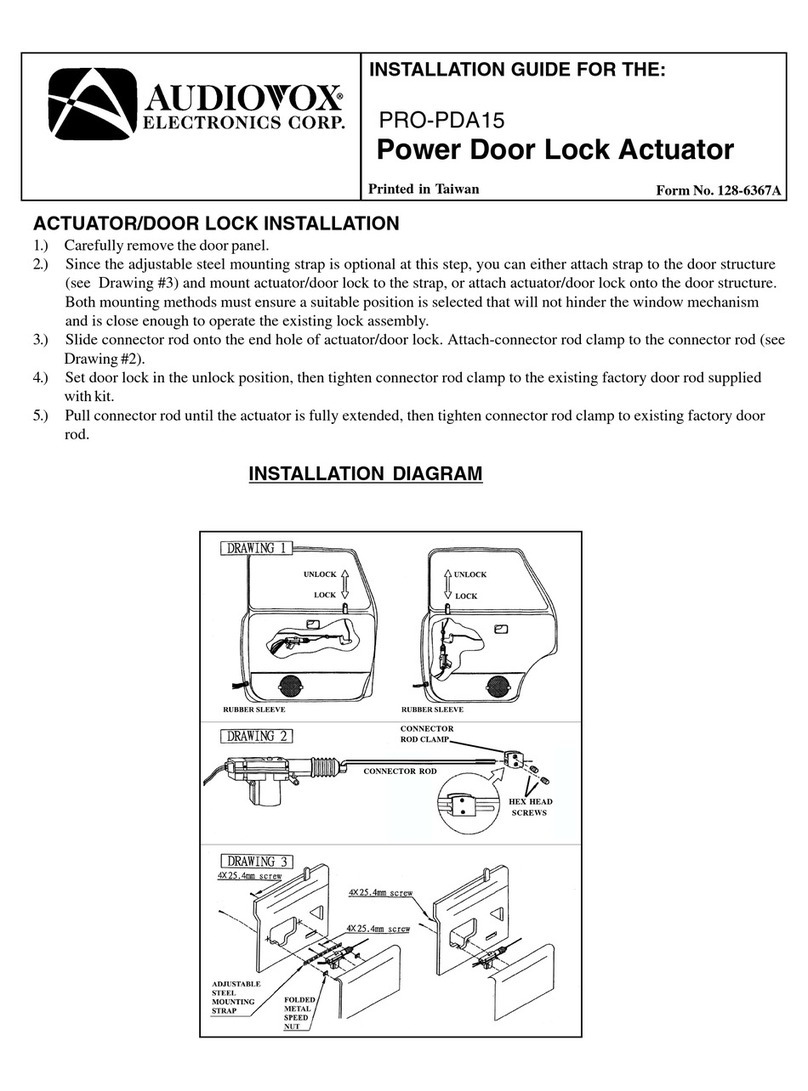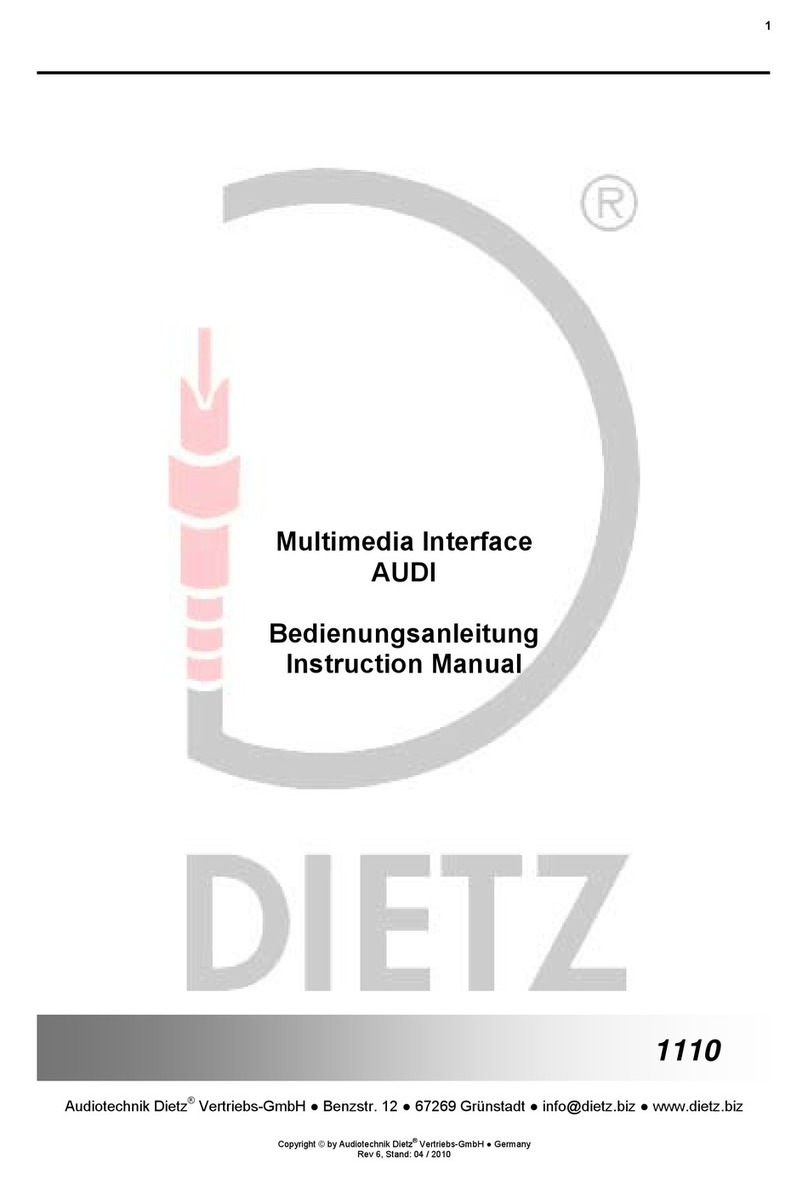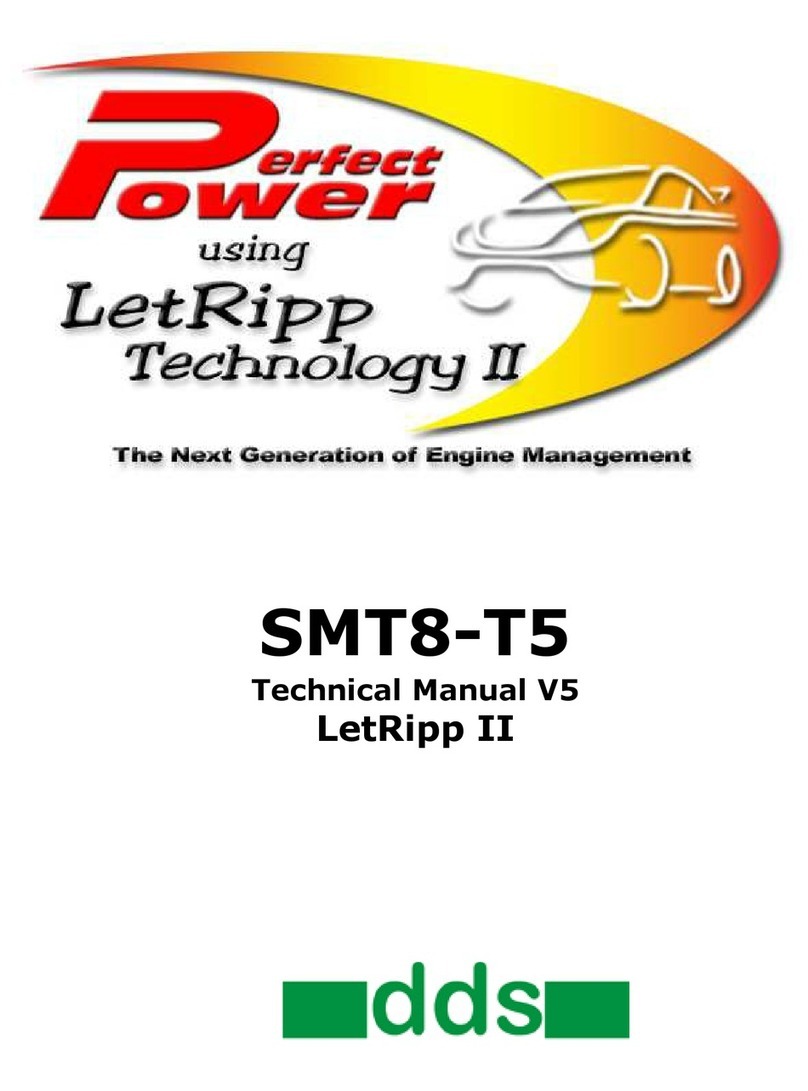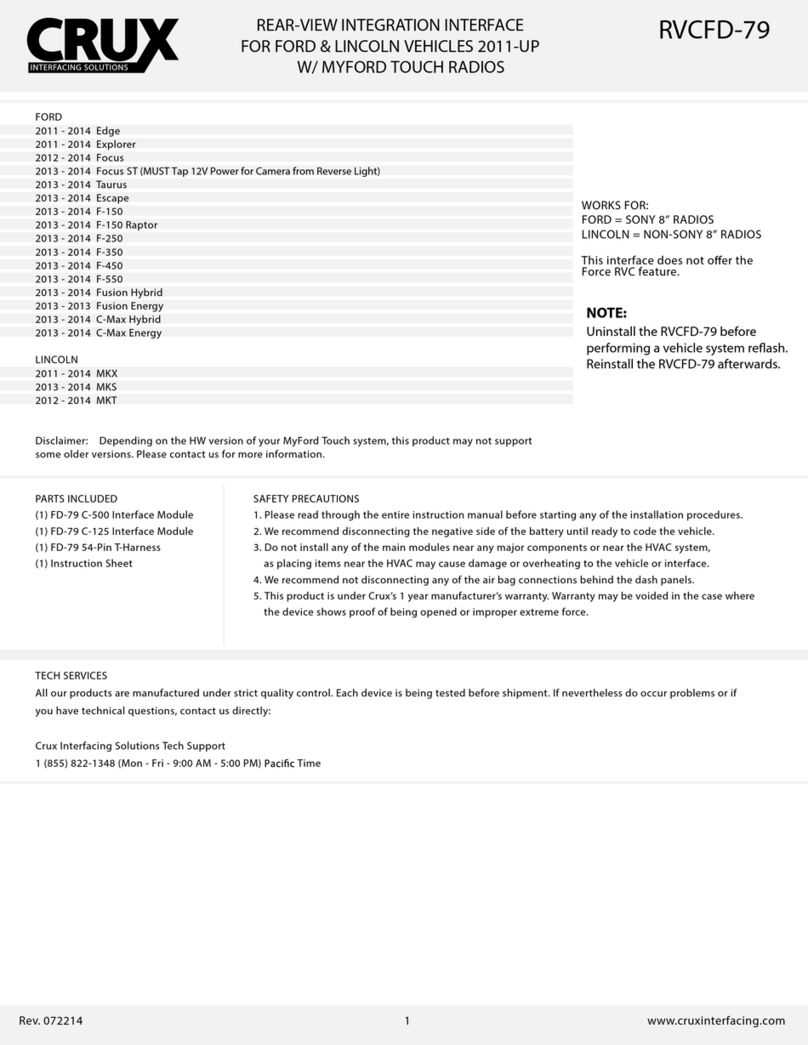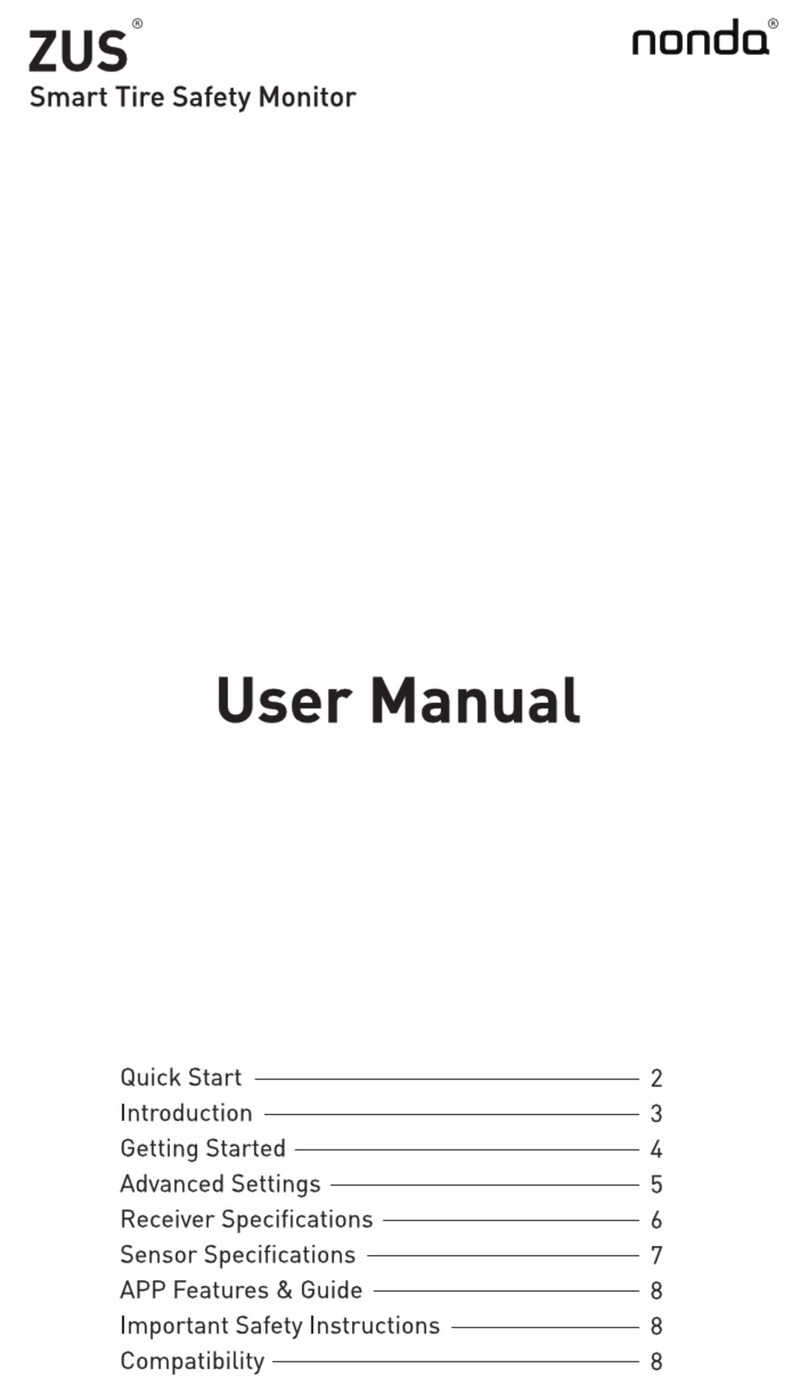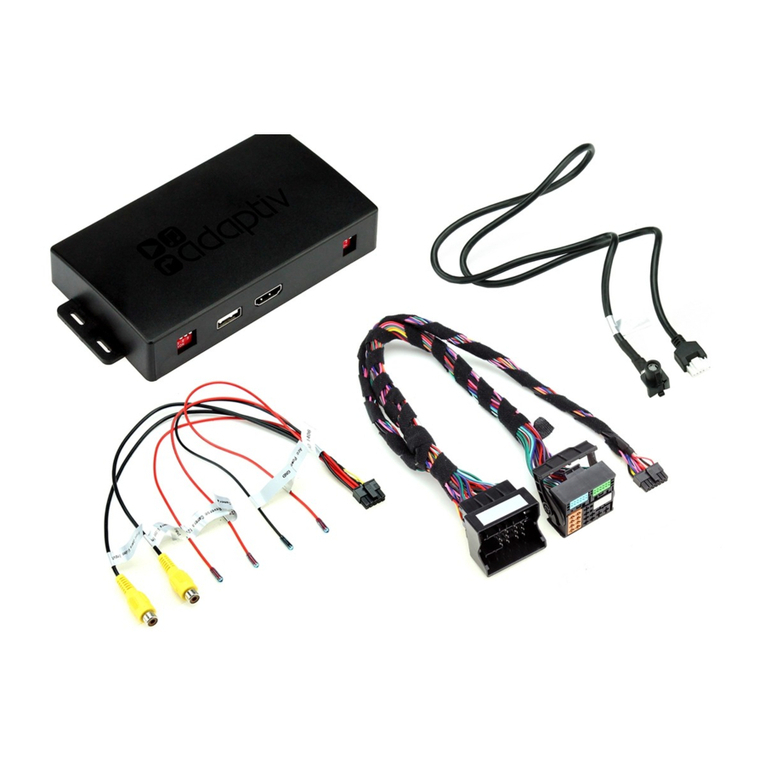
1
1 - VIGIA AUTOMATIC TIRE PRESSURE SYSTEM
Features: It allows for constant and automatic monitoring and adjustment of tire pressures. The system
maintains a predetermined cold pressure, even in a moving vehicle or a vehicle with punctured tires.
The VIGIA NM343 display module generates digital information on the status of tire pressures and
system that is transmitted via its interface to the existing vehicle’s satellite module and ultimately to the
user’s telematics software.
Operation: In the event of a 3 or higher PSI decrease in the pre-established pressure in one or more
tires due to punctures or other causes, the system automatically generates audio and visual signals that
inform the driver of the problem and its location. At the same time the system begins pumping air,
keeping tire pressures calibrated at the pre-set levels.
If the loss of air is substantial, as in the case of a blow-out, and the equipment is not able to compensate
for this loss, a visual signal advises the driver. At the same time, an electronic security mechanism blocks
the equipment, stopping the system from pumping air, thus ensuring the normal operation of the other air-
driven systems: brakes, suspension, etc.
Model NM343 can be installed in all vehicles equipped with an air compressor.
System components, operation and installation procedure are described in the following sections.
